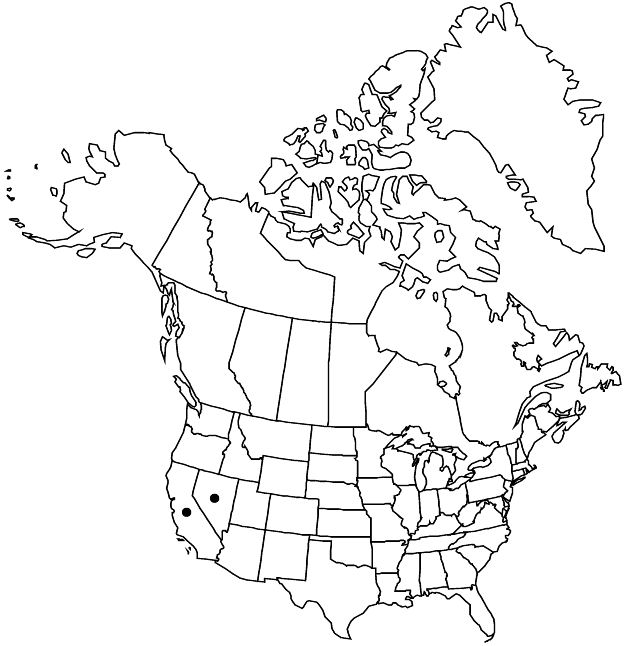Difference between revisions of "Horkelia hispidula"
in N. L. Britton et al., N. Amer. Fl. 22: 278. 1908.
FNA>Volume Importer |
imported>Volume Importer |
||
| (3 intermediate revisions by 2 users not shown) | |||
| Line 1: | Line 1: | ||
{{Treatment/ID | {{Treatment/ID | ||
|accepted_name=Horkelia hispidula | |accepted_name=Horkelia hispidula | ||
| − | |accepted_authority=Rydberg | + | |accepted_authority=Rydberg |
|publications={{Treatment/Publication | |publications={{Treatment/Publication | ||
|title=in N. L. Britton et al., N. Amer. Fl. | |title=in N. L. Britton et al., N. Amer. Fl. | ||
| Line 19: | Line 19: | ||
|name=Potentilla hispidula | |name=Potentilla hispidula | ||
|authority=(Rydberg) Jepson | |authority=(Rydberg) Jepson | ||
| + | |rank=species | ||
}} | }} | ||
|hierarchy=Rosaceae;Rosaceae subfam. Rosoideae;Rosaceae tribe Potentilleae;Horkelia;Horkelia sect. Hispidulae;Horkelia hispidula | |hierarchy=Rosaceae;Rosaceae subfam. Rosoideae;Rosaceae tribe Potentilleae;Horkelia;Horkelia sect. Hispidulae;Horkelia hispidula | ||
| Line 44: | Line 45: | ||
-->{{#Taxon: | -->{{#Taxon: | ||
name=Horkelia hispidula | name=Horkelia hispidula | ||
| − | + | |authority=Rydberg | |
| − | |authority=Rydberg | ||
|rank=species | |rank=species | ||
|parent rank=section | |parent rank=section | ||
| Line 59: | Line 59: | ||
|publication year=1908 | |publication year=1908 | ||
|special status=Conservation concern;Endemic | |special status=Conservation concern;Endemic | ||
| − | |source xml=https:// | + | |source xml=https://bitbucket.org/aafc-mbb/fna-data-curation/src/2e0870ddd59836b60bcf96646a41e87ea5a5943a/coarse_grained_fna_xml/V9/V9_388.xml |
|subfamily=Rosaceae subfam. Rosoideae | |subfamily=Rosaceae subfam. Rosoideae | ||
|tribe=Rosaceae tribe Potentilleae | |tribe=Rosaceae tribe Potentilleae | ||
Latest revision as of 22:56, 5 November 2020
Plants 0.7–3 dm diam. Stems ascending to erect, 1–2.5 dm. Basal leaves 3–10 × 0.4–0.8 cm; leaflets (6–)10–14 per side, ± overlapping at least distally, cuneate to flabellate, 2.5–4(–6) mm, divided 3/4+ to midrib into 3–6 oblanceolate to obovate lobes, hispid. Cauline leaves 3–7. Pedicels 2–8(–12) mm. Flowers 3–15, 10 mm diam.; epicalyx bractlets linear to lanceolate, 1.5–3 × 0.2–0.5 mm, ± 2/3 length of sepals; hypanthium 1.8–3 × 3–4 mm, ± 1/2 as deep as wide, interior sparsely pilose; sepals reflexed, broadly lanceolate, 2.5–4(–5) mm, hairs stiff, 0.5 mm; petals not pink-tinged, oblanceolate to oblong or narrowly elliptic, 2.5–5 mm, apex rounded to truncate, sometimes slightly emarginate or mucronate; filaments white, 0.5–2 × 0.4–0.6 mm, glabrous or sparsely pilose adaxially, anthers 0.5–0.9 mm; carpels (10–)12–18(–20); styles 1.8–2.2 mm. Achenes brown to dark brown, 1.5–2 mm.
Phenology: Flowering summer.
Habitat: Dry, rocky alpine flats, in subalpine conifer woodlands
Elevation: 3000–3400 m
Discussion
Of conservation concern.
When describing Horkelia hispidula, Rydberg associated it with H. sericata in his group Sericatae. The species is known only from the White Mountains of California and adjacent Nevada.
Selected References
None.
